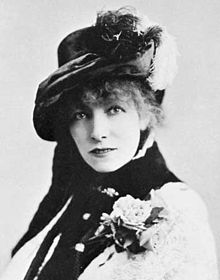 To Robert Traill Spence Lowell Jr.
To Robert Traill Spence Lowell Jr.
Via Santo Stefano Rotondo, 6
Rome. January 21, 1951
In one sense you evidently belong, like them, to the modern, hard, native, and contemptuous of convention and genteel hypocrisy. But while also thoroughly American in your mise-en-scène and images, you do not fall back, as Berryman says that Crane did, on savage lusts and adventures, but on the contrary show a civilized sensibility and even learning, for instance, about the Catholic Church. The wonder is how you can do so while preserving the atmosphere of early American independence and sense of the virgin woods and the sea. Only your women, although not drawn like Crane’s from the slums, have a sort of despairing passion that is somewhat like his. Classic heroines can also have reversions into savagery, like Medea; and in reading Racine, I have sometimes had a vision of what Phaedra might have been if allowed to become furious, as some of Racine’s lines suggest, although the French actresses I have seen in that rôle, including Sarah Bernhard, always stood like statues reciting by rote. A pre-historic Phaedra and a truly Greek priestly Hippolytus would make a magnificent pair, if anyone could lend them the right words.
From The Letters of George Santayana: Book Eight, 1948-1952. Cambridge, MA: The MIT Press, 2008.
Location of manuscript: The Houghton Library, Harvard University, Cambridge MA
